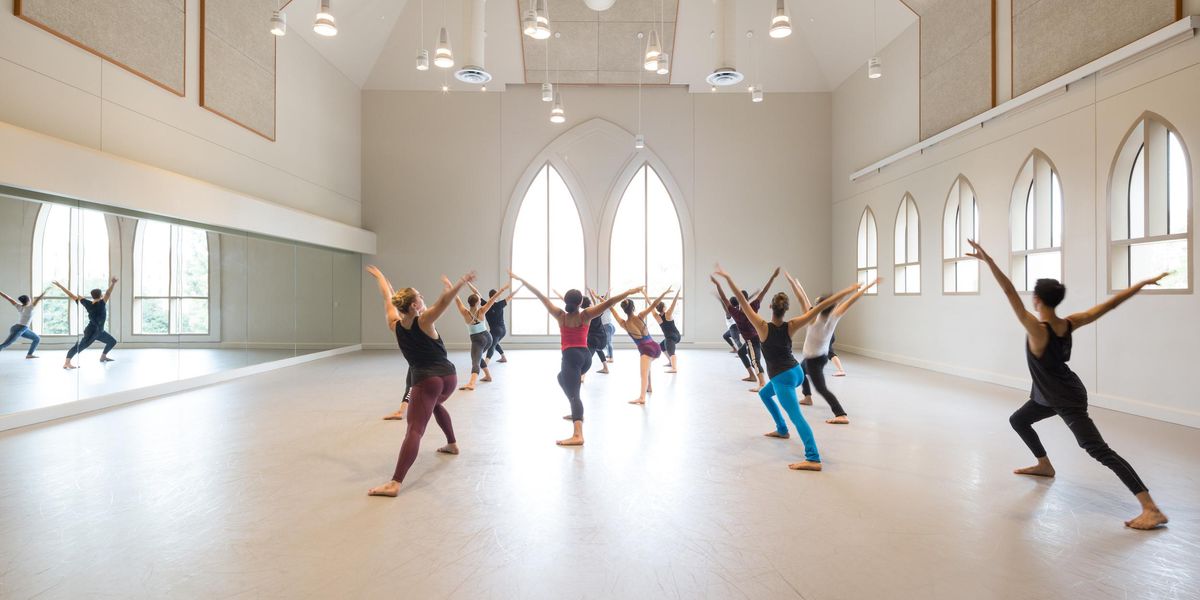Advice for Dancers
I love ballet, but I’m fed up with always trying to perfect my technique. To get back in touch with why I want this career, I enrolled in a once-a-week breakdancing class for fun. I love it! Breaking gives me the freedom to develop my own style without conforming to anyone else’s expectations. My attitude is now more positive in ballet class. The problem is the injuries, mostly in places that never hurt in ballet, like my wrists. Do you have any suggestions?
B-Girl
New Brunswick, NJ
It’s great that you’ve found a way to recapture your enthusiasm for dancing. However, don’t be fooled by the relative freedom of breaking. While this style may feel like a breath of fresh air compared to ballet’s rigid aesthetic and physical vocabulary, breaking still requires proper technique. It also puts an incredible amount of pressure on the wrists, fingers, knees, shoulders, lumbar and cervical spine, ankles, feet, and hips. Build up your strength slowly through regular practice. You’ll need to do special exercises such as push-ups and handstands to increase your upper body power and balance. It’s also crucial to wear protective gear. Open-fingered gloves will help support your hands and knuckles. Likewise, strip bandages pad your wrists, elbows, knees, and feet. To prevent scalp irritation and possible balding (from those nifty head spins), Ms. Vee, who teaches breaking at New York’s Broadway Dance Center, says you can wear a skateboard helmet with a flat surface or a special synthetic beanie. Meanwhile, try letting go of some of the psychological pressure to be perfect during ballet class. Even in ballet, perfection is an ideal, not a reality.
Having struggled with an eating disorder for most of my life, I was struck by your post on Facebook about the dancer who told you her teacher recommended that she go on a bread and water diet to lose weight. It touched a nerve. When I was a teenager, my teacher also gave me bad nutritional advice that contributed to my downward spiral. Teachers have no right to tell us what to eat. How can we make them stop?
Karen
Hartford, CT
It’s a shocking story. I’m so sorry that you suffered from a similar experience and hope that you are receiving professional help for your eating disorder. As you can see from the avalanche of comments on my post, teachers (not only dancers) agree that weight issues need to be handled in a healthy way. Many dance teachers confess that they don’t want the responsibility of telling a dancer to go on a diet, readily admitting that it’s outside their area of expertise. Yet they also need to be alert to possible disordered eating and refer dancers to specialists when necessary. Eating disorders can arise from a complex mix of cultural, personal, and genetic factors—even in the most benign classroom setting. I generally advise teachers to promote the idea of healthy eating habits without suggesting a particular diet. It also helps to know about developmental milestones and the need for dancers to gain weight before growth spurts and puberty. For more, see “A Careful Approach” in the July issue. I also recommend the online certificate course offered by the International Association for Dance Medicine & Science in conjunction with Trinity College (www.iadms.org).
Help! I’ve been killing myself in rehearsals several hours a day to get ready for my school’s workshop performance. My entire body’s hurting, but my biggest worry is the pain in my tibia. I keep thinking it’s just shin splints, but it won’t go away and seems to be getting worse. I’m afraid to tell anyone because this is a chance of a lifetime—directors from all over the country are flying in to hire dancers for their companies. What should I do?
Shin Splints
NYC
I know how much this opportunity means to you. However, you can’t assume the pain is due to shin splints until you see an orthopedist. Most doctors who work with dancers know better than to suggest that you miss an important performance unless it’s absolutely necessary. If it turns out to be shin splints (where you’ve strained the muscle attached to the tibia), modified activities and physical therapy can help you heal. However, it could be a fracture, in which case the longer you dance on it, the longer you will have to be out. The good news is that you may be able to speed up the healing process by sleeping with a bone stimulator. But if you’ve pushed past the pain for too long, you may have ended up with a nonunion. This problem requires surgery where the surgeon has to actually drill a hole in the fracture and create a new injury in order for it to heal. Please make an appointment with a specialist who can give you an accurate diagnosis and help you decide on the next step. No director wants to hire a dancer and then find out about a serious injury.
Former New York City Ballet dancer Linda Hamilton, Ph.D., is a psychologist in private practice, the author of
Advice for Dancers (Jossey-Bass), and co-author of The Dancer’s Way: The New York City Ballet Guide to Mind, Body and Nutrition (St. Martin’s Griffin). Her website is www.wellness4performers.com.




